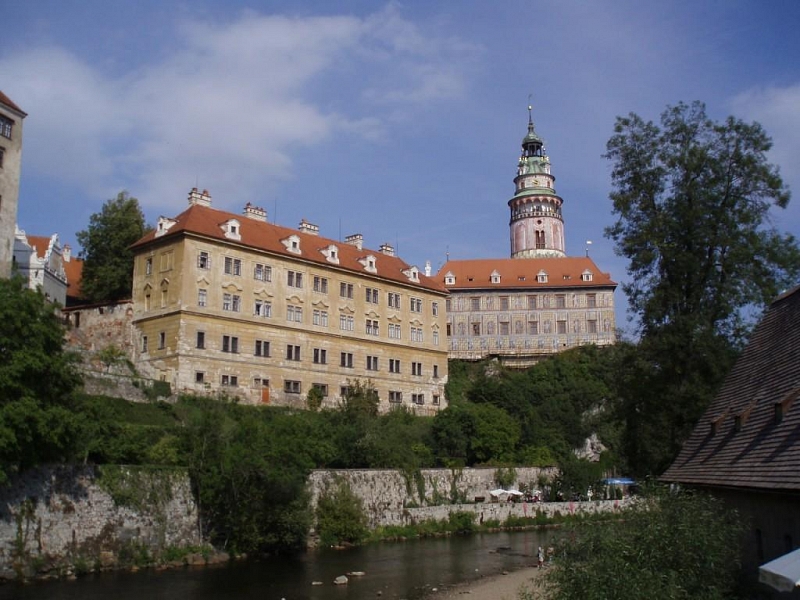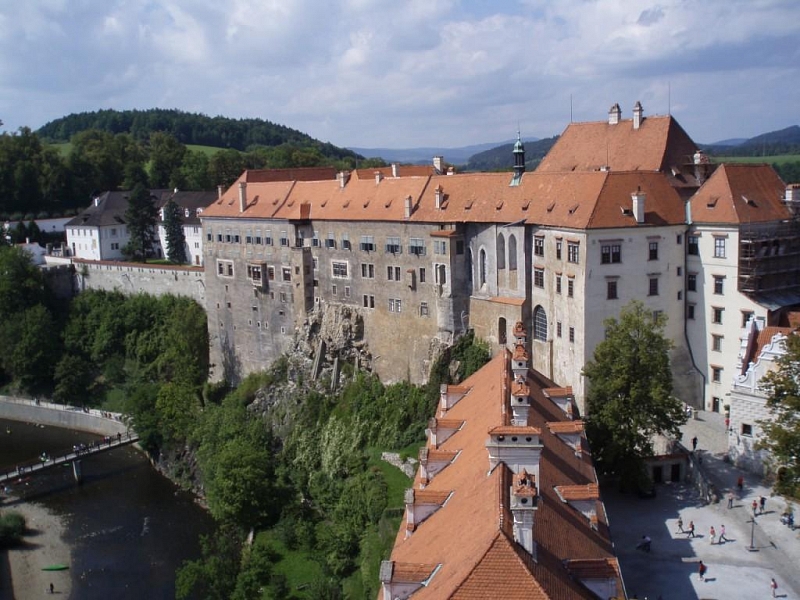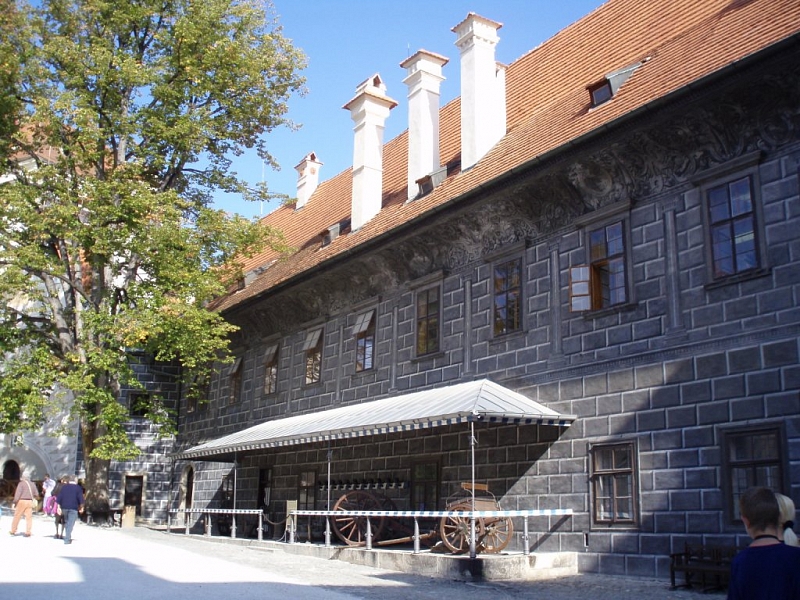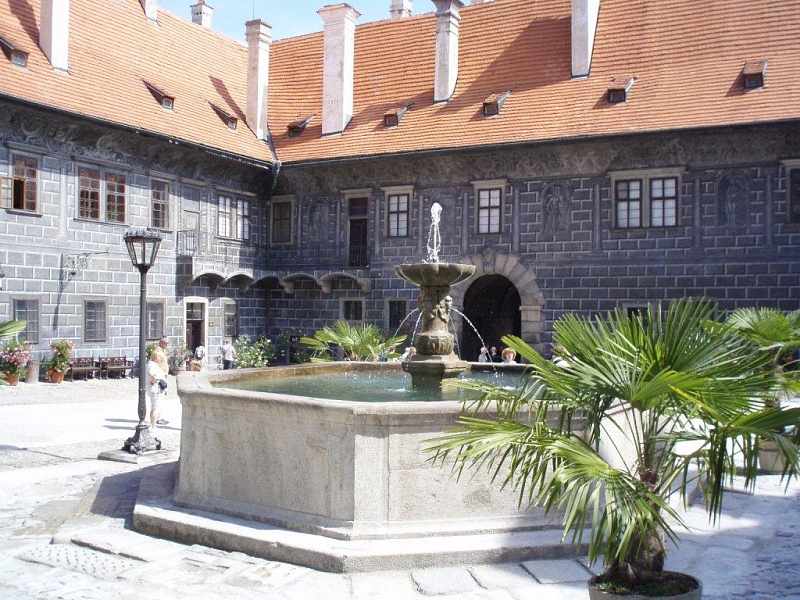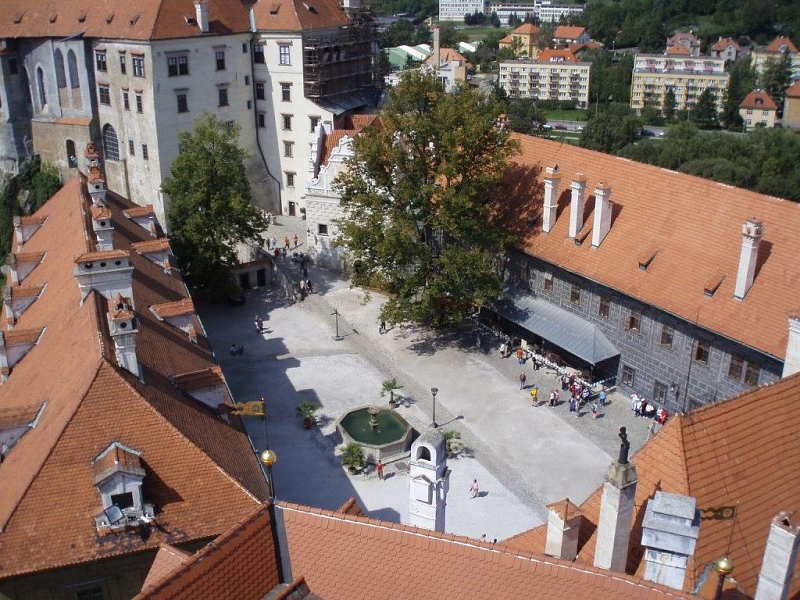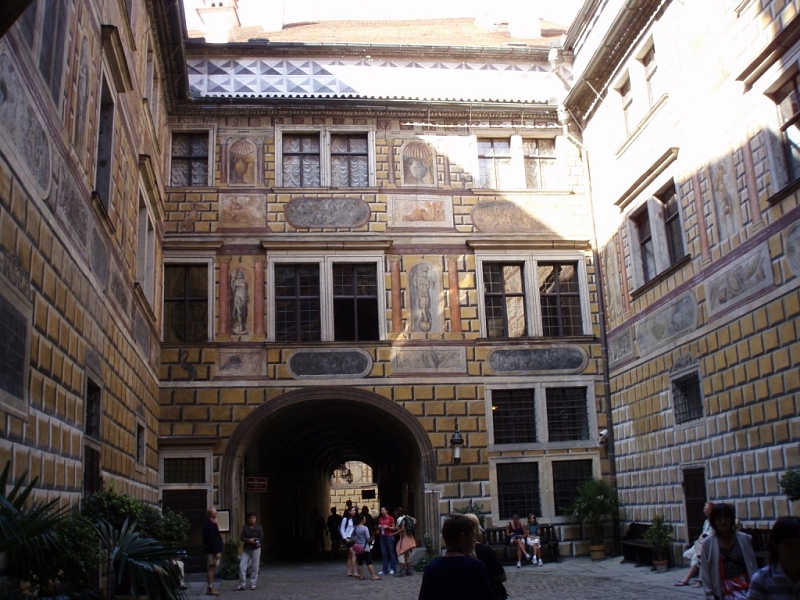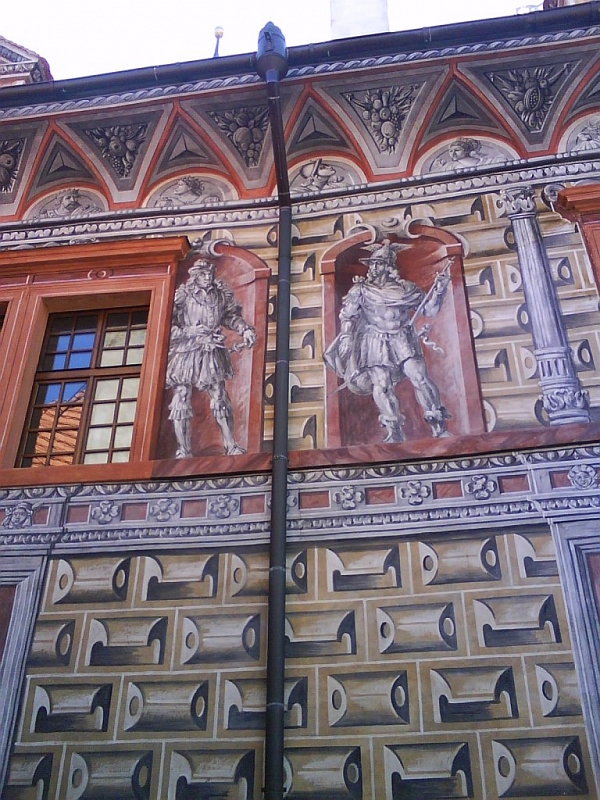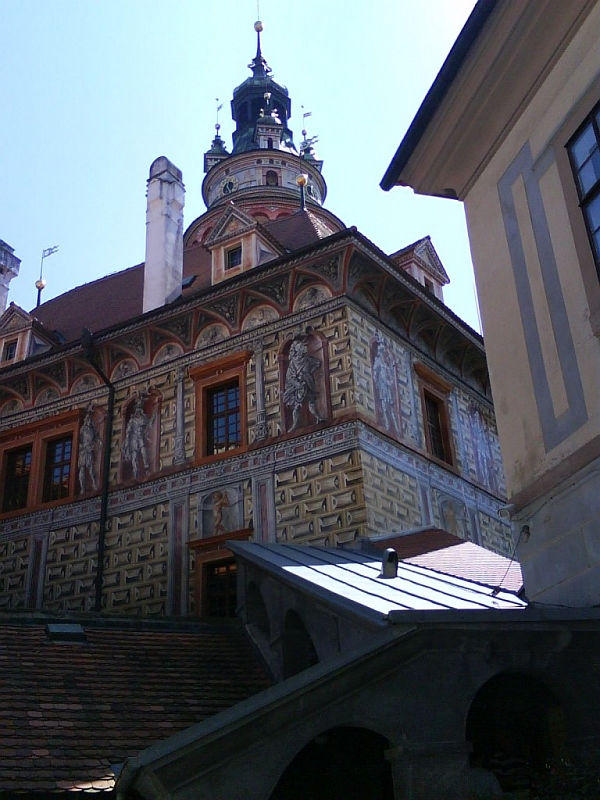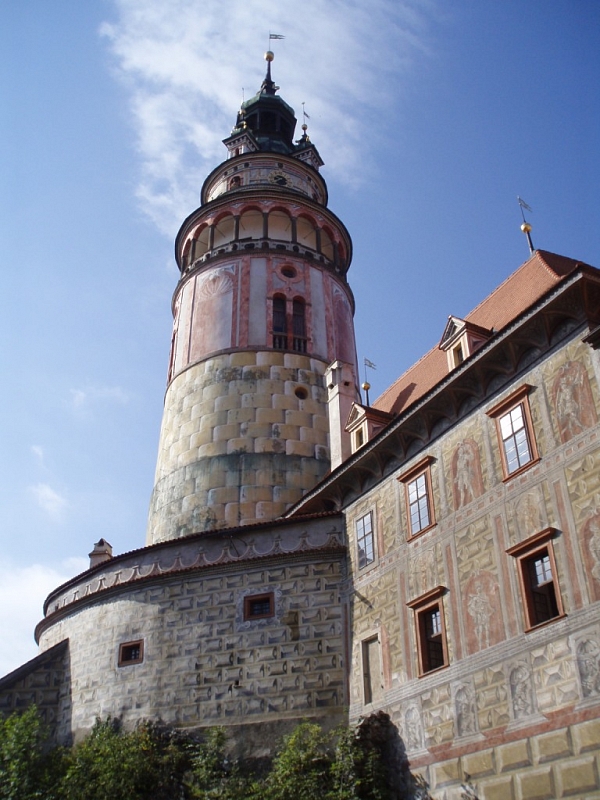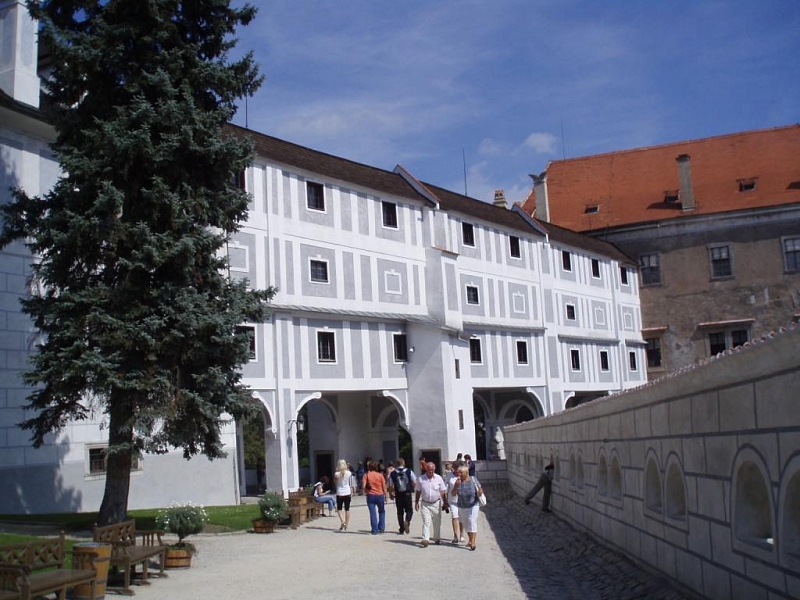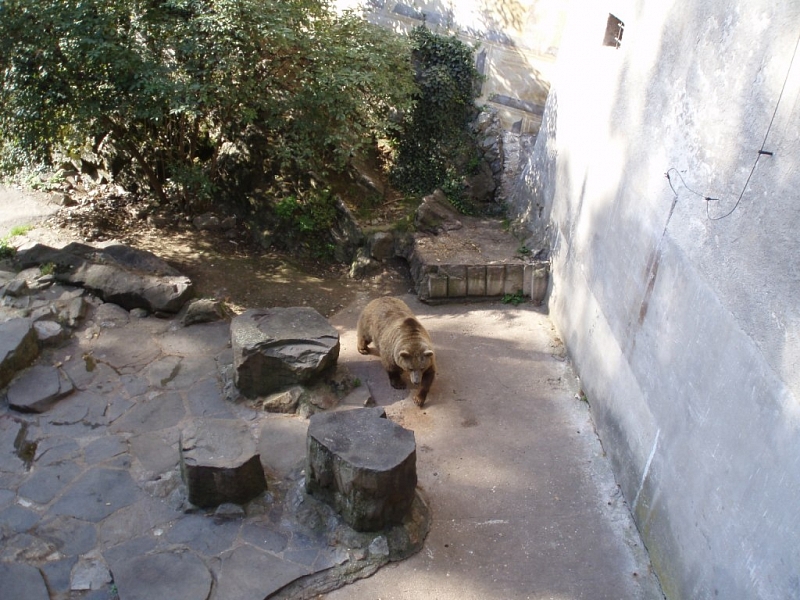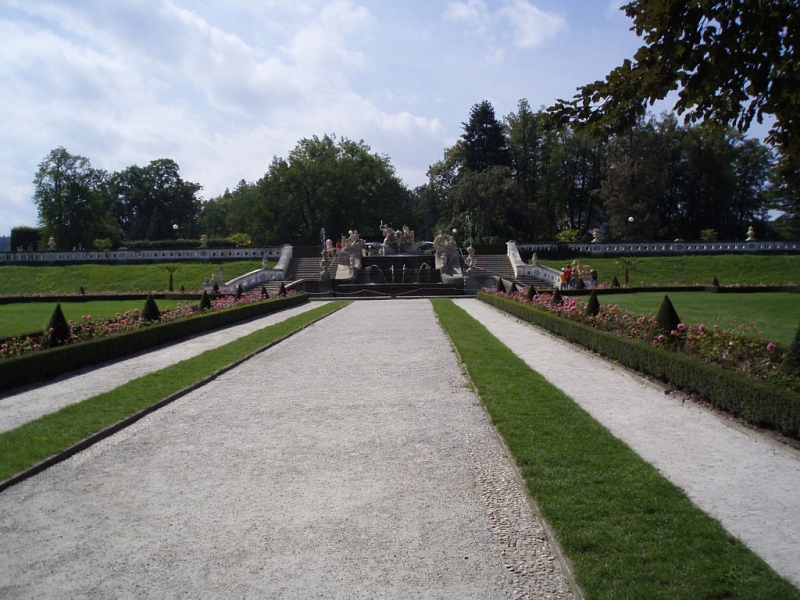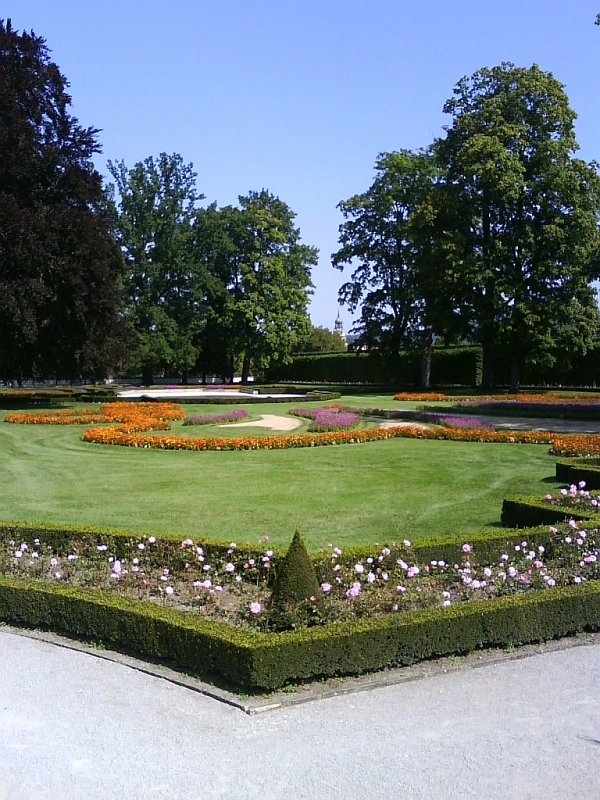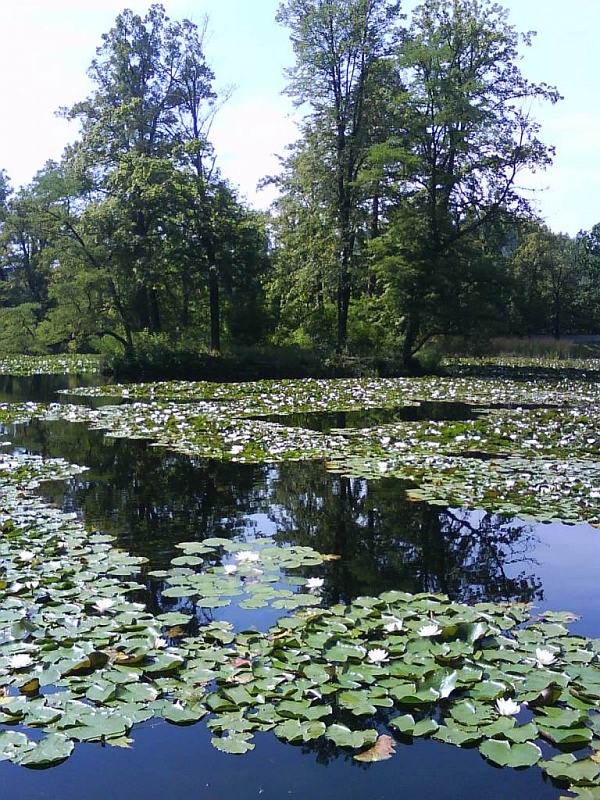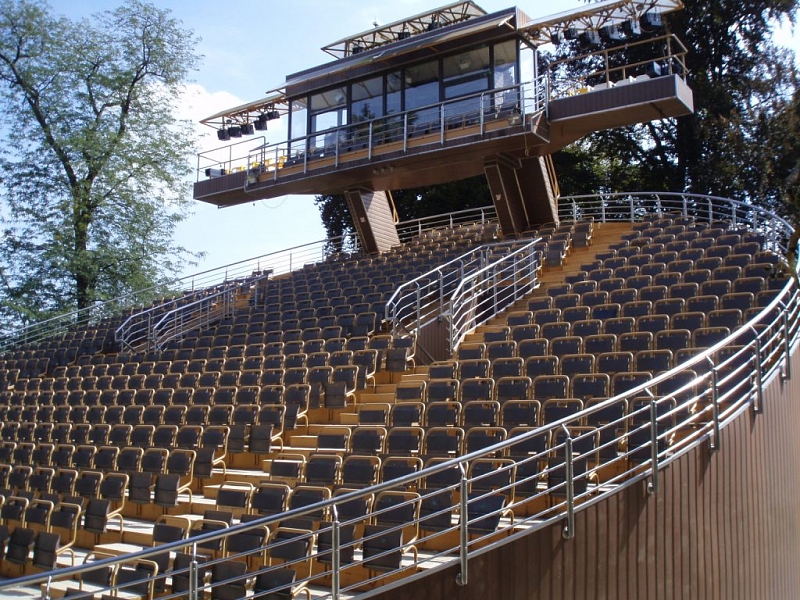State Castle and Chateau Český Krumlov
Prague Castle is the largest fortification and chateau complex in the Czech Republic, that is clear. But do you know which other one almost steps on his heels? We are, of course, about the castle in Český Krumlov, a magnificent building covering an area of more than six hectares. This state castle and chateau has been a UNESCO World Heritage Site since 1992.
Information for visitors
Interesting facts State Castle and Chateau Český Krumlov
The chateau stands on a long steep promontory, around which the river Vltava flows on one side and the river Polečnice on the other. The oldest part of the castle was built in the 13th century, it was founded by Vítek of Prčice. However, the Krumlov branch of this family soon became extinct and the castle was inherited by the Rosenbergs. They gradually expanded the castle and rebuilt it into a Renaissance chateau. However, the last of the Rosenbergs, Petr Vok, became so indebted that he had to sell the chateau to Emperor Rudolf II. In 1622 it was then given by Emperor Ferdinand II. to the Eggenberg family, who had it rebuilt in the Baroque style. They also established castle gardens and had the first wooden theater built. The last lords in Krumlov were the Schwarzenberg family, which owned it from 1719 until 1947, when it was acquired by the state. The Schwarzenbergs rebuilt the castle in the Viennese Baroque style during the 18th century. In 1781, however, they moved to Hluboká Castle and the importance of Český Krumlov declined considerably. However, it could no longer detract from his majesty.
The path to Český Krumlov Castle leads through the fort, which is entered from the Latrán district, via the Castle Stairs or the Red Gate. Here are farm buildings, a stable and a saltworks. From here, you can reach the courtyard of the Lower Castle via the Bear Moat. Bear breeding has a long tradition here dating back to the 16th century. In the large courtyard of the Lower Castle stands an old palace with a tower from the 13th century. This tower is accessible and from its gallery there is a beautiful view of the castle complex and the city. In addition, there is a mint or burgrave's office. Another bridge will take you to the Upper Castle, the seat of the Rosenbergs. Two small courtyards surround the wings of the palace, which hide living and representative rooms, two chapels and a masquerade hall for entertainment. Between the chateau and the chateau theater building and gardens stands a unique five-storey mantle bridge from 1764. It spans a deep carved moat and its two upper floors are covered corridors that served the nobility to pass from one part to another. The theater is a very rare part of the castle, as it is one of the best-preserved Baroque theaters in the world. To this day, its original appearance, interiors and, for example, complex wooden devices for changing scenery have been preserved.
Behind the theater begins the extensive and beautiful castle garden and park in the late Baroque style. Its front part consists of flowerbeds of brightly colored flowers and ornamental shrubs in perfect geometric shapes. The dominant feature of this part is a cascading fountain decorated with a rich collection of sculptures. The fountain dates from the middle of the 18th century and, as then, still forces us to stop and admire. The garden then continues in the form of a landscape park. Another stop for the whole walk can be the Rococo summer house Belárie, standing in the northern part of the park. But mostly only its exteriors can be seen. Opposite Beláriia there is a revolving auditorium, where theatrical performances have been performed in the summer season for more than fifty years. At the end of the forest park, water lilies and ducks swim lazily on the surface of a small pond, which together with the surroundings form a very romantic corner.
After the inspection, one feels as if one finds oneself for a while at a time when the nobility was walking through here. These must have been beautiful times, at least according to the impression left.
Author: Martina Limbergová
